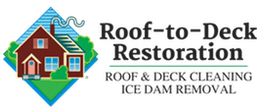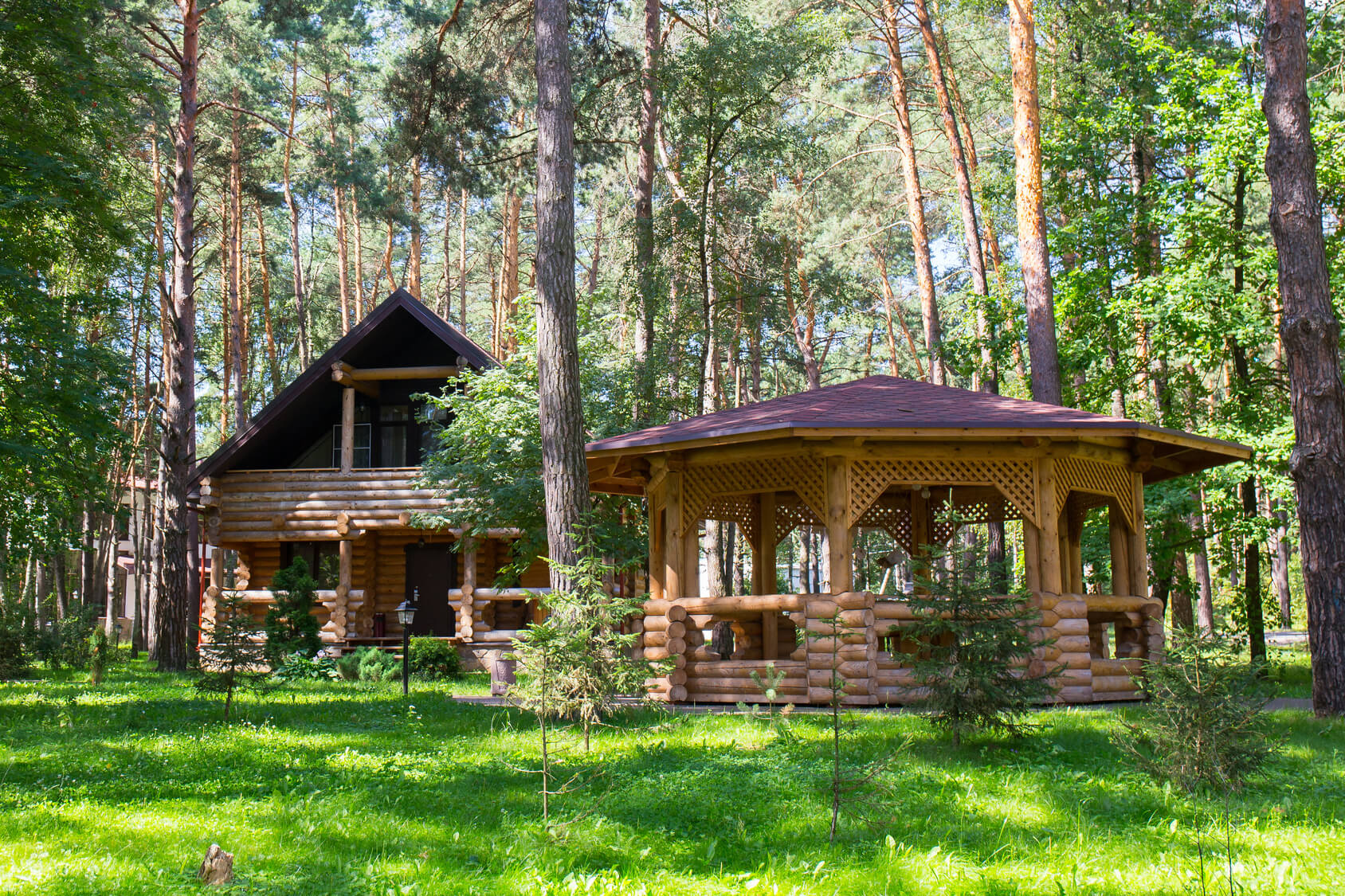Log homes and cabins are unique in the real estate world. People either enjoy the novelty of a log cabin as a vacation home or find them truly appealing and purchase them for a main residential property. Over the past twenty years, log cabins have progressed to be much more than the small log cabins we are accustomed to seeing at summer camps or in the movies. Now, some log cabins are insulated multi-million dollar homes with all of the amenities of a typical home but with a true rustic appeal. Log homes and cabins are some of the most popular homes in Minnesota and other parts of the country as well.
Types of Wood
As with any exterior addition to any home, certain types of wood are more suitable for a log home or cabin than others. There are specific features that must be considered to determine which wood would be best suited for your home. Features such as durability, resistance to decay, insulation value, stability, and overall appearance are key factors when choosing your wood. Wood that is not stable and durable may warp, twist, and even shrink over time. Therefore, you need to find a wood that is less likely to have this type of issue or takes a longer period of time before this issue occurs. The insulation value will help ensure that your house or cabin does not allow heat or cool air to escape easily, raising your energy costs and lowering your quality of living. Finally, appearance, while a matter of taste, is essential to ensuring you will love your log home for years to come. Some of the most preferred woods for log cabins include Atlantic White Cedar, Northern White Cedar, Western Red Cedar, Bald Cypress, and Douglas Fir, to name a few; however, there are numerous species that would be a great fit, depending on your desires and needs.
Maintaining Your Log Cabin
Log homes and cabins must be maintained just as most other wooden features would be maintained. Before pressure washing the home, your professional maintenance crew should check for log rot or wood damage. The wood should also be checked for insect infestations, which may cause unseen damage. If this step is ignored, pressure washing damaged wood will cause additional damage, which can ruin your home.
Should your log home or cabin require a bit of restoration, there are a few key steps that need to be included in the process. First, any old sealer or stain should be removed from the wood with an environmentally friendly stripping solution. Then, the home should be washed with low pressure and treated with an agent that will prepare the wood for a new treatment of sealer or stain. Once this process is completed, the wood must dry to 12% moisture or less. While the wood is drying, make sure your team checks the caulking around the windows and doors and fixes any areas with issues. Finally, stain with an oil-based sealer for a beautiful finish and increased durability.
If you are in need of maintenance regarding your log home or cabin, call the experts at Roof to Deck Restoration at (651) 699-3504. One of their skilled wood experts will be happy to help bring your log home or cabin back to its original splendor.

